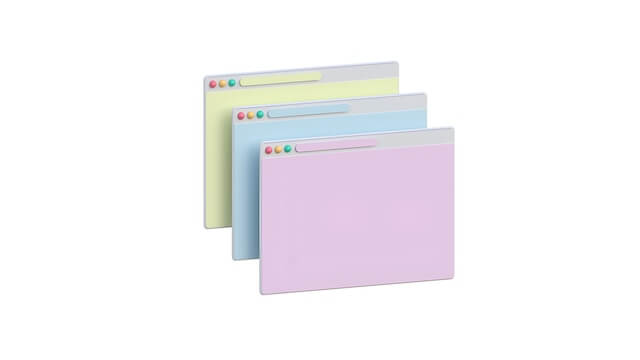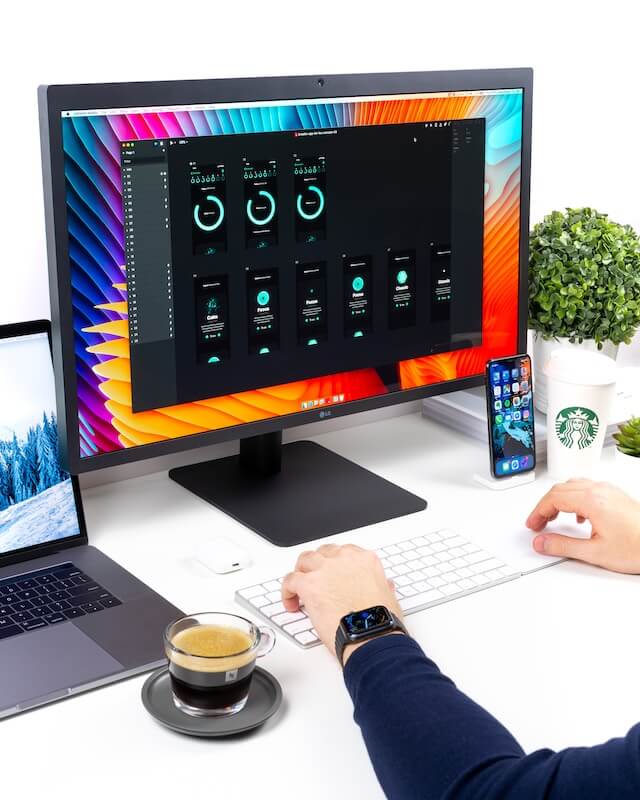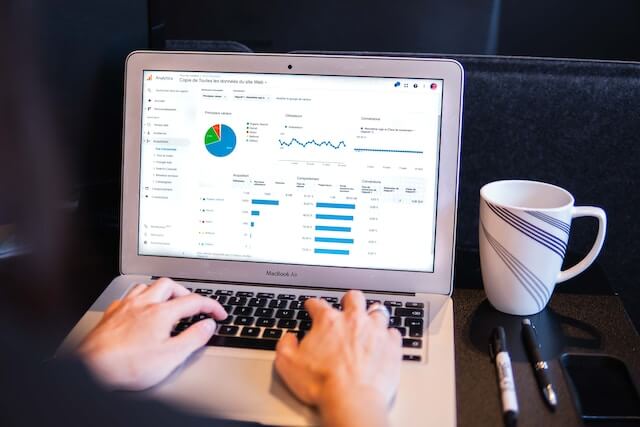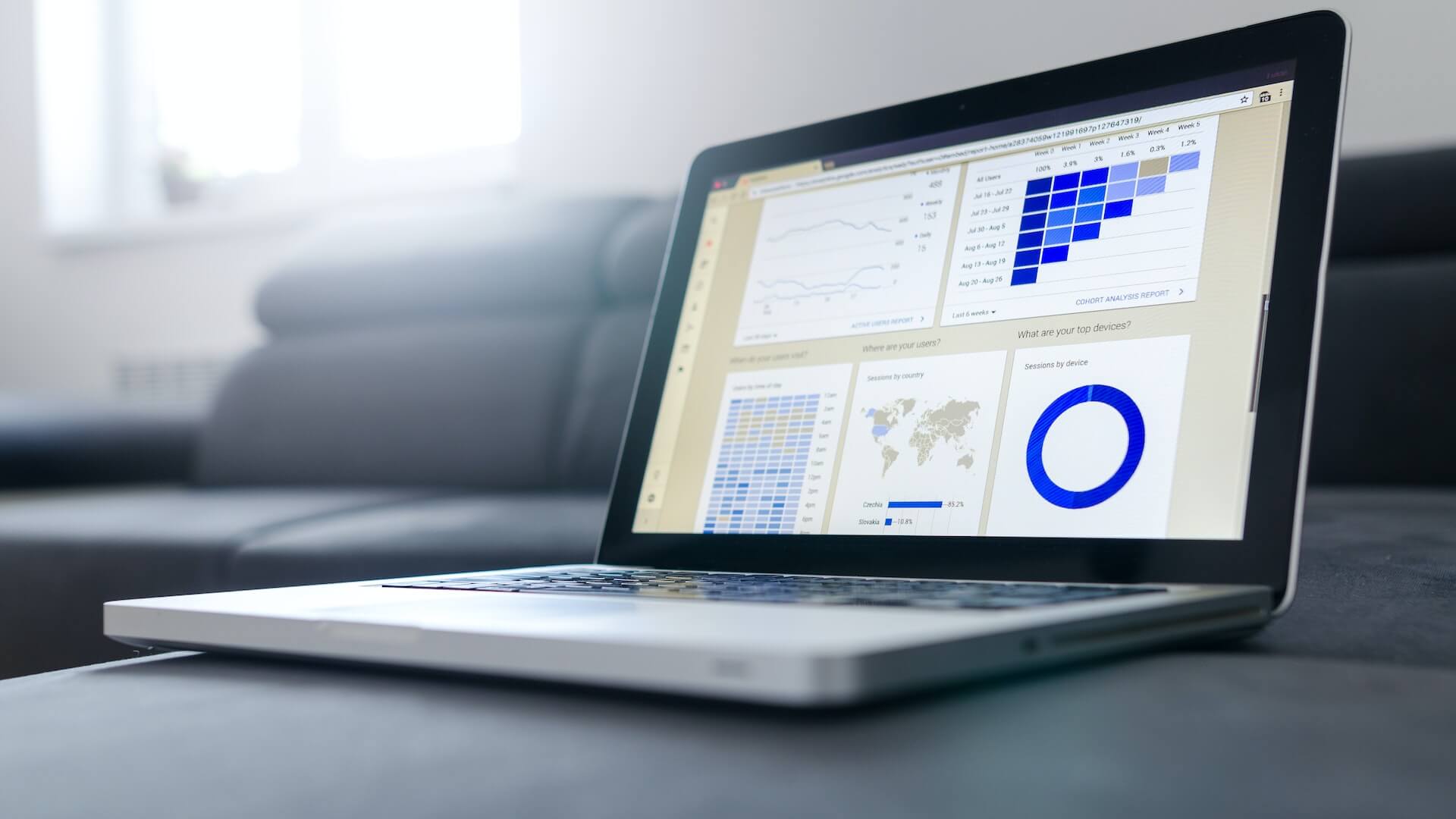Data visualization aims at communicating information clearly and effectively with the help of graphical means. This means that visualization exists to help us better communicate information. We need to analyze the data available to us, draw our own conclusions, and clarify the message and topic to be conveyed (i.e. what you are trying to say through the chart).
Then select the charts that meet your goal from the library of chart information that is available or that you know about. Finally, start working on the chart, and embellish and check it until the final chart is complete.
For better visualization, we divide the data into four main categories.
1、Categorical data
Categorical data is the data that the pointer reflects the category of things. For example: the user's device can be divided into two kinds of Iphone users and andorid users; the data obtained from such classification is called categorical data.

2、Time-series data
Time series data, also known as time series data, refers to the same unified indicator recorded in chronological data columns. For example: the number of new users per month, the GMV of a company in the last ten years per year, etc. The data corresponding to such indicators recorded in chronological order become time-series data.
3、Spatial data
Spatial data is the data used to represent the location, shape, size and distribution characteristics of spatial entities, which can be used to describe the targets from the real world, and it has the characteristics of positioning, qualitative, temporal and spatial relationships. Spatial data is a kind of data that uses basic spatial data structures such as points, lines, surfaces and entities to represent the natural world on which people live.
4、Multivariable data
Data usually appear in the form of a table, there are several columns in the table, each column represents a variable, the data will be called multivariate data, multivariate is often used to study the correlation between variables. That is, it is used to find out what factors affect a certain indicator.
Choosing a specific visualization format
After clarifying what information we want to convey with the help of a chart we can proceed to choose the right chart. Here we draw on the ideas proposed by the authors of The Beauty of Data, not to list any specific charts such as bar charts or line charts, but to introduce some of the components that make up these charts. For example, a bar chart is one that has a length and a right angle coordinate system. We just need to select the required parts to combine. Next, look at these parts specifically.

1. Visual cues:
It means that by viewing the chart you can make contact with the subconscious consciousness and thus derive the consciousness expressed in the chart. Commonly used visual cues are: position, length, angle, direction, shape, area, volume, saturation, hue.
2. Coordinate system:
The coordinate system here is the same as the coordinate system we learned in mathematics before, but the meaning of the coordinate axes may be slightly different. Common types of coordinate systems are: right angle coordinate system, polar coordinate system and geographic coordinate system.
3. Scale:
The three coordinate systems mentioned earlier only define the dimension and direction of the displayed data, while the role of the ruler is used to measure the size in different directions and dimensions, which is actually quite similar to the scale we are familiar with.
4、Background information:
The background here is to illustrate the information related to the data (who, what, when, where, why), so that the data is clearer and easier for the reader to better understand.
5、Combination components:
The combination component is the combination of the above four kinds of information according to the target use, which is the final chart style we want to present, depending on how you combine your goals.
Chart design principles
Chart design principles can actually be seen as part of the chart beautification, because the reason we follow the design principles is to make the chart look better. We can divide the chart design into three parts: the overall layout, color scheme and fonts.

Common visualization tools
1、Microsoft Excel
For this software we should not be unfamiliar, for the general visualization of this software is completely adequate, but for some of the larger amount of data is not very suitable.
2, Google Spreadsheets
Google Spreadsheets is a Web-based application that allows users to create, update and modify forms and share data online in real time. The Ajax-based program is compatible with Microsoft Excel and CSV (comma separated values) files. Tables can also be saved in Hypertext Linked Markup Language (HTML) format.
3、Tableau Software
Tableau Software is now more popular, because it can go beyond Excel to do some slightly more complex data analysis, but does not need to be as complicated as R, Python programming language for visualization.
4、Some tools that require programming language
R language, JavaScript, HTML, SVG, CSS, Processing, Python. here is mainly a list of programming languages can be visualized, how to achieve the specific need to learn on their own.
